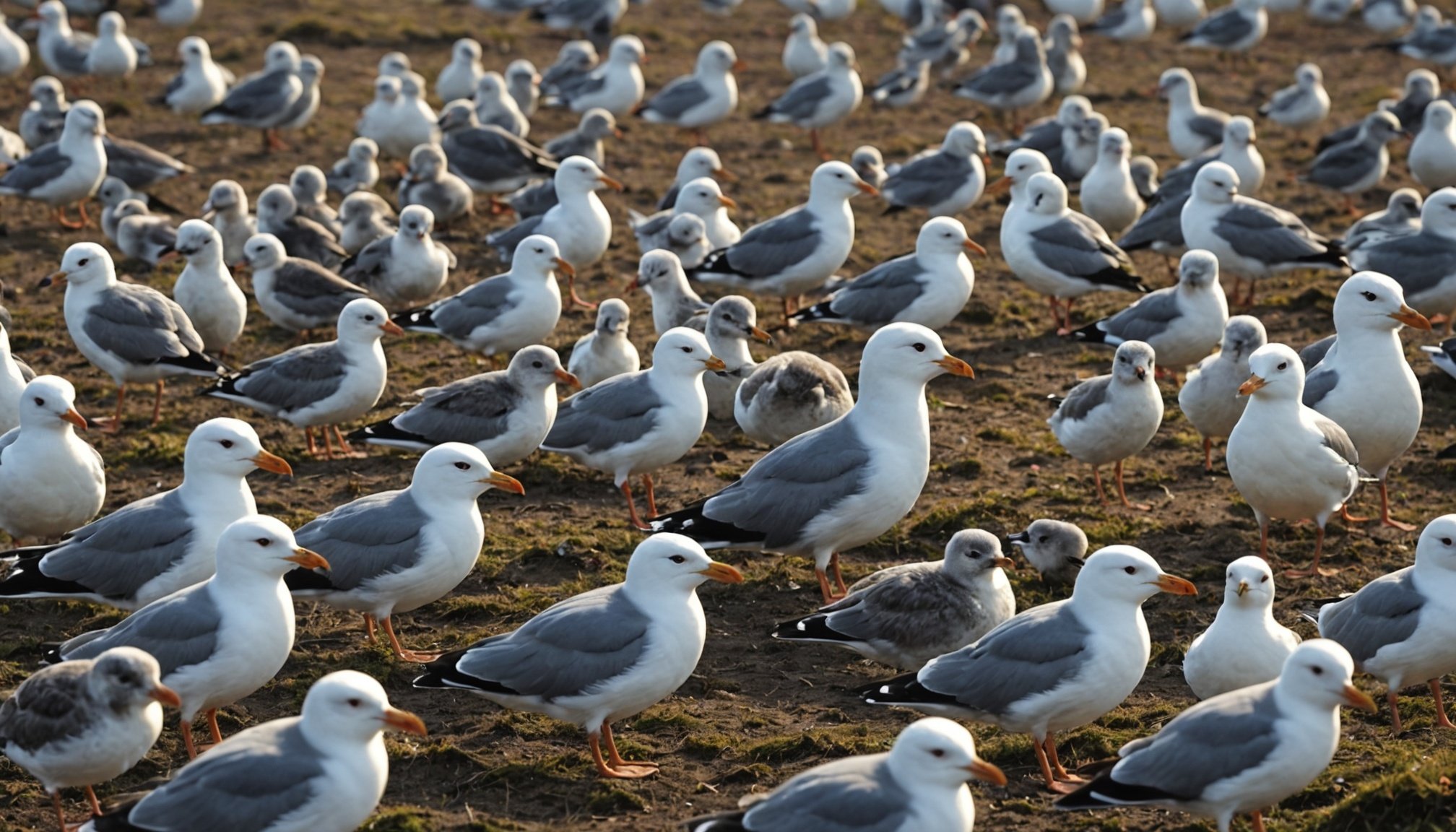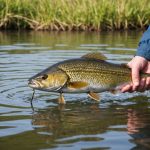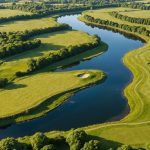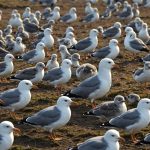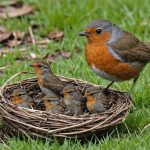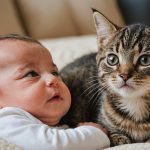Overview of Plastic Pollution and Its Impact on Seabirds
Plastic pollution in marine environments is a growing global concern. Defined as the accumulation of plastic products in the ocean, it stems from various sources, including waste mismanagement and runoff. This pollution significantly affects marine life, with seabirds experiencing particularly severe consequences. Statistics reveal alarming trends: a high percentage of seabird species have ingested plastic, contributing to increased mortality rates. In fact, it is estimated that by 2050, a staggering 99% of seabird species will have ingested plastic.
The ingestion of plastic leads to various health issues in seabirds, including physical injury, impaired digestion, and starvation. Seabirds often mistake plastic pieces for food, which fills their stomachs without providing any nutrients, eventually leading to death. The environmental impact of this phenomenon extends beyond individual birds, affecting entire ecosystems.
Sujet a lire : Essential Strategies for UK Anglers to Protect Fish Populations and Promote Sustainable Fishing
Seabirds play a crucial ecological role as indicators of marine health and facilitators in nutrient cycling through their guano deposits. Their decline due to plastic pollution disrupts these ecological functions, thereby threatening the balance of marine environments. Addressing plastic pollution is imperative for safeguarding seabird populations and overall marine biodiversity. By understanding the magnitude of this issue and its implications, efforts can be directed more effectively towards mitigation and conservation strategies.
UK Policies and Initiatives Against Plastic Pollution
The UK government has adopted robust strategies to tackle the mounting crisis of plastic pollution. Central to these strategies are a series of policies aimed at both reducing plastic waste and promoting its responsible disposal. A notable example is the ban on single-use plastics, such as straws and stirrers, which signifies a commitment to decreasing unnecessary plastic consumption. Additionally, the government has implemented a levy on plastic bags, incentivising consumers to opt for reusable alternatives.
A découvrir également : Transforming UK Golf Courses: Effective Strategies for Enhancing Wildlife Harmony
Furthermore, the UK is making strides through various conservation initiatives. One such initiative is encouraging the use of biodegradable materials, offering grants for research into plastic waste alternatives. These initiatives demonstrate a forward-thinking approach, helping industries transition to more sustainable practices.
The UK does not stand alone in these efforts. By partnering with NGOs and international organisations, the UK amplifies its impact on a global scale. Partnerships with bodies like the UN Environment Programme help align national goals with international efforts, creating a united front against plastic pollution. Collaborative projects and funding create pathways to shared innovations and solutions to the pervasive waste challenge.
This multifaceted approach underlines the UK’s environmental policies, merging national steps with global collaboration to forge a more sustainable future.
Case Studies of Effective Programs Protecting Seabirds
Exploring the success stories of seabird conservation, we delve into programs tackling challenges like plastic pollution.
Program 1: Creating Marine Protected Areas
Marine Protected Areas (MPAs) are designated regions where human activity is limited to preserve natural environments. The primary aim of MPAs is to provide safe havens for various species, helping enhance biodiversity and stabilise ecosystems. In the case of seabirds, these areas can significantly boost population numbers by protecting nesting sites and feeding grounds.
However, establishing MPAs isn’t without challenges. Some difficulties include ensuring adequate enforcement of regulations and balancing the needs of local communities reliant on these waters. Through trial and error, programs have learned that engaging stakeholders early promotes compliance and support.
Program 2: The Role of Community Engagement
Community engagement is vital in combating plastic pollution impacting seabirds. Local initiatives are cleaning beaches and raising broader awareness through educational schemes. These programs often lead to collaborations with local stakeholders, encouraging sustainable practices. Including communities in the solutions fosters a sense of ownership, ensuring the longevity of these conservation efforts.
Program 3: Monitoring and Research Initiatives
Research is indispensable for understanding the effects of plastic on seabird health. Scientific studies highlight that ingesting plastics can lead to malnutrition and internal injuries, prompting essential policy adjustments. Future research will continue to refine strategies for effective seabird conservation, unlocking new preventative measures against plastic pollution.
Expert Opinions and Analysis
To fully comprehend the impact of plastic pollution on our oceans, marine biologists have shed light on the health of seabirds. These experts highlight that the ingestion of plastic debris severely affects seabird health, as plastics can cause internal injuries, starvation, and even death. The presence of plastic materials in seabirds’ stomachs can mislead them into feeling full, disrupting their natural foraging behavior. This dire situation underscores the need for immediate and effective intervention.
Moreover, environmental experts are increasingly vocal about the inadequacies of current policies addressing oceanic pollution. These experts evaluate that while there are efforts in place, such as legislation limiting plastic use, enforcement is often weak and inconsistent. A critical look into policy enforcement reveals gaps that need to be addressed for policies to be genuinely effective in ameliorating the marine environment.
To enhance the efficiency of anti-pollution measures, experts recommend several actions:
- Strengthening policy enforcement to ensure compliance with existing laws.
- Increasing public awareness and education on the consequences of plastic pollution.
- Investing in research and development for alternative materials that are environmentally friendly.
By heeding the insights of marine biologists and environmental experts, stakeholders can develop more robust strategies that protect marine life and combat pollution more effectively.
Statistics on Seabird Health and Plastic Ingestion
Recent data reveals the alarming scope of plastic ingestion among seabirds, showcasing a disturbing trend that affects their health significantly. Many ingestion studies indicate that over 60% of seabirds have plastic in their stomachs, with some regions experiencing rates as high as 90%. These findings underline the pervasive impact of marine debris on wildlife.
A crucial correlation has been established between plastic consumption and various plastic-related illnesses in seabirds. Ingested plastics cause physical blockages, malnutrition, and exposure to toxic substances, compromising the birds’ immune systems and reproductive health. Studies also show that young seabirds are particularly vulnerable to these health issues, as their smaller size and developing digestive systems make them more susceptible to the harmful effects of ingesting plastic.
Interventions aiming to reduce plastic waste have shown promise. Comparative analysis of seabird health indicates noticeable improvements in areas where plastic pollution has been mitigated. These interventions include better waste management practices and public awareness campaigns. Birds in such regions display fewer instances of plastic ingestion and a marked decrease in related health problems.
Such statistics emphasize the urgent need for sustained efforts to protect seabirds from plastic pollution, underscoring the critical role of immediate and effective environmental intervention.
Resources and Further Reading
Navigating the intricate landscape of plastic pollution requires both awareness and knowledge. Thankfully, various environmental resources are available to deepen one’s understanding. These resources include comprehensive government reports and studies on plastic pollution. Research from organisations like the United Nations Environment Programme (UNEP) provides valuable insights into the global impact and solutions for managing plastic waste.
Advocacy groups play a crucial role in spearheading action and policy changes in this arena. Organizations like the Plastic Pollution Coalition and Ocean Conservancy are pivotal advocates in this sphere. They focus not only on how plastics affect seabirds but also on broader ecosystems. Following these advocacy groups offers a direct channel to the latest campaigns, initiatives, and educational materials to further understand and possibly contribute to the cause.
For those eager to educate themselves further, an array of materials is available:
- Interactive tutorials on the life cycle of plastics
- Documentaries focusing on the impact on marine life
- Infographics detailing pathways from pollutant to wildlife
These resources serve as invaluable tools for those committed to making a difference. By familiarising oneself with these educational materials, individuals can stay informed and ready to participate in meaningful advocacy efforts.

